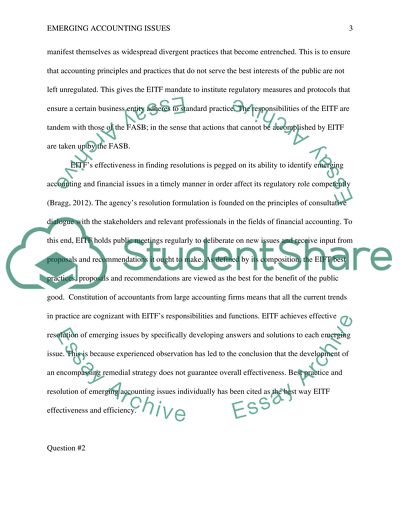Cite this document
(“Emerging Accounting Issues Research Paper Example | Topics and Well Written Essays - 1500 words”, n.d.)
Emerging Accounting Issues Research Paper Example | Topics and Well Written Essays - 1500 words. Retrieved from https://studentshare.org/finance-accounting/1484786-emerging-accounting-issues
Emerging Accounting Issues Research Paper Example | Topics and Well Written Essays - 1500 words. Retrieved from https://studentshare.org/finance-accounting/1484786-emerging-accounting-issues
(Emerging Accounting Issues Research Paper Example | Topics and Well Written Essays - 1500 Words)
Emerging Accounting Issues Research Paper Example | Topics and Well Written Essays - 1500 Words. https://studentshare.org/finance-accounting/1484786-emerging-accounting-issues.
Emerging Accounting Issues Research Paper Example | Topics and Well Written Essays - 1500 Words. https://studentshare.org/finance-accounting/1484786-emerging-accounting-issues.
“Emerging Accounting Issues Research Paper Example | Topics and Well Written Essays - 1500 Words”, n.d. https://studentshare.org/finance-accounting/1484786-emerging-accounting-issues.


